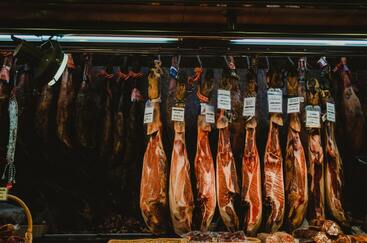 JAMON JAMON by Diana Maiola When visiting Europe, we have so very many options to experience art, history, culture, antiquities etc. One of my personal favorite things to experience when I am traveling is try the local cuisine. In the past 35 days I have been in motion between Greece, France and Spain. I love the fresh Mediterranean dishes served in Greece and on the islands that usually come with an amazing view to take in while you are seated. Tzatziki, fresh vegetables, and grilled lamb are always so tasty in Greece. In France, I enjoy the bistro dining and the sidewalk café experience the most. The haute cuisine is of course something to experience at least once or twice, but I am happier with a well-prepared rustic dish where I can get my fill of people watching. Sitting in a crowded café surrounded by French couples, families, and friends is fantastic. The interaction is genuine, the closeness unbeatable In Spain, I love the Jamon!! Oh, my goodness!! What a heavenly treat. On a recent trip to Madrid, within the first 36 hours we ate Jamon 3 times. We also had the honor of eating at (according to the Guinness Book of World Records), the oldest restaurant in the World. Sobrino de Botin was opened in 1725 and is an experience. Although there are other places in the world that are older than Botin, many of them have spent time closed and not operating, were rebuilt or relocated and so Botin steals the title. It has been in the same location and has never ceased operations since 1725. Ernest Hemingway was passionately connected to this restaurant and the painter Goya worked here before becoming a famous painter. The day that I had lunch there, the owner so kindly showed us around and it was such a nice memory after an amazing meal. The place operates on 3 levels, the ancient stone cellar level, the ground floor and then the floor above it. The waiters get a daily work out up and down narrow staircases and hallways to please the diners with excellent service and abundant portions. I highly suggest the chicken and Jamon croquettes. 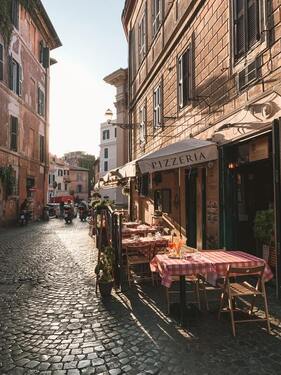 So, to wrap up, I want to emphasize a few elements to exercise the next time you are dining out in Europe. 1. Be patient!! Restaurant staff and owners are not pre-occupied with turning over tables. Service may be slow and that is just how it is. It takes time and care to prepare fresh meals. 2. When you are ready for your bill, just make eye contact with your server, hold up your hand so that it is laid out flat and pretend to write something on it with your other hand. This is internationally understood that you would like your bill so that you can pay and leave the restaurant. 3. Europeans are not great tippers and it is really not expected. However, if you have a good experience, why not leave 10 or 15%? By the way, a cover charge or bread charge is usually added of 1.50-2.00 euro per person in order to include a little something automatically. 4. Always say thank you and smile…….it goes a long way!! Meal times are sacred and as my Nonno Domenico used to say “There are many beautiful places in the world, but the best place in the world is at the table with family and friends” Buon Appetito!! 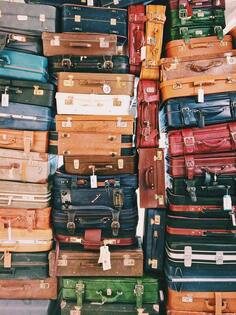 By Diana Maiola What a joy it is to travel. Exploring the endless characteristics of our fantastic world is always amazing! Experiencing new cultures, new landscapes, new people, new art, new food….a pure pleasure!! You choose your destinations, you plan your itinerary, you make an investment and alas, departure day is fast approaching…. Next step: pack your suitcase(s). Being an avid traveler, I have my system for preparing my luggage. First, I gather my documents. Passport, tickets/vouchers, itineraries, vaccination card, credit cards, a little bit of cash. All of these items stay with me in my purse at all times. I have photos front and back of all my documents that I leave at home with a loved one in case of loss or theft. Next, my outfits. Various mix and match items that can be layered and interchanged, comfortable shoes and minimal accessories. Less is more and a light packer is a happy traveler. If you wear a pair of pants 2 times, nobody cares. Finally, a few toiletries, make up, phone charger, meds and medical support equipment. Meds and medical equipment are packed in a purse or carry on and NEVER in your checked baggage!! I repeat, NEVER in your checked baggage!! 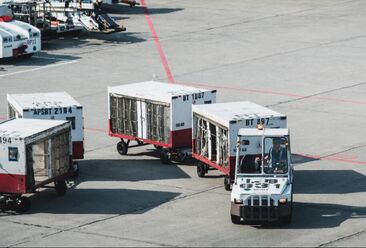 Thank you to the employees who help our luggage safely arrive! Thank you to the employees who help our luggage safely arrive! ,Now you are at the airport. It is time to hand over the luggage that you so lovingly prepared to complete strangers. There is always a bit of anxiety at this point - who knows what will happen to it behind closed doors. For the most part, the process is smooth. You arrive at your destination and you grab your things from the baggage claim and off you go. However, there are those times when you arrive, but your luggage does not. UGH!! NO LUGGAGE!! This is one of those things that is completely out of our control and we are consequently at the mercy of the airlines to remedy the situation in a timely fashion or not. Here are a few tips to maintaining your sanity when you experience lost luggage. Before you go: 1. Pack a change of clothes or two in your carry on. This is genius, folks, and will really help with the anxiety of being without your things, should your checked luggage get lost. 2. If you are travelling with a companion, split your belongings between the two luggage. If one gets lost, you still have the other to fall back on. 3. Take a picture of your suitcases before departure, so you can show it to the lost and found agents, who will have an easier time identifying them when they are located. 4. Tag your bag properly. Place 2 (if not 3!) name, address and phone tags on or in each piece of luggage. Also make sure that the ticket agent places their printed bag tag on correctly and confirm the final destination for your checked bag. 5. So many bags look alike, so place an outstanding marker on your bag: a sticker, a fuchsia-colored bow, something that will stand out so that another passenger does not accidently take your bag. 6. Download the airline baggage tracking app on your phone to have up to date tracking of your luggage. If it is lost: 7. File a claim for the lost item(s) with the airlines. Sometimes in smaller airports this can be difficult. If you find that you arrive during an hour when these offices are closed, take a photo of your watch along with the closed office for proof that you were not able to file a claim due to lack of personnel. 8. Call for assistance soon as you are able. If you purchased travel insurance. Familiarize yourself with the policy. They usually have a special concierge to assist with the lost luggage. Depending on your policy, you could have an allowance to spend on clothes and toiletry items per day to get you by. Use the concierge as they can be very helpful. 9. Finally, no matter what, enjoy your travels. Do not let your lost luggage get you down. In the grand scheme of things, it is insignificant. As always, travel safe, love what you see, and be realistic in your expectations. 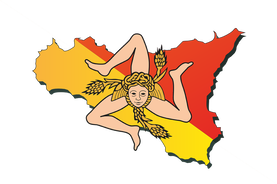 La Trinacria La Trinacria -By Diana Maiola I recently had the honor of leading a small group of curious travelers to the southern region of Puglia and then to the lovely island of Sicilia. I have been to both places countless times and never tire of what each has to offer. This blog post will be dedicated to the beauty of Sicilia. Sicilia is the largest island in the family of seas known as the Mediterranean. The capital is Palermo and roughly 5 million people live on the entire island. The shape of Sicilia is somewhat triangular and as a result, it is known as “La Trinacria”. This curious form is found everywhere, woven into fabrics, in ceramics, wood, art etc. It is identifiable by a feminine head with 3 bent legs attached to it and golden wings. Instead of hair, the central figure has snakes. Originally a pagan symbol dating back to 400-600 B.C, “La Trinacria” lost its religious significance during the Roman era to become the unique geographic symbol of Sicilia. Most notably, it is the central figure on the Sicilian flag. 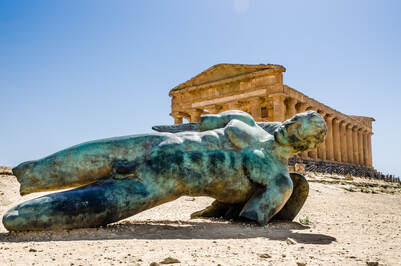 Valley of Temples - Agrigento Valley of Temples - Agrigento Starting from the northwest quadrant, you have the capital city of Palermo. Travelling clockwise to the east you will find the fantastic seaside city of Cefalu and then further still to the east you have the jewel of the Island known as Taormina. From the ancient theatre in the heart of town which was built by the Greeks and then expanded by the Romans, one can have 360 degrees views of sea, island and smoking volcano. Truly, truly stunning. Below Taormina are Catania, Siracusa and Ortigia. To the south eastern corner of Sicilia we find Modica, Ragusa and Noto. Otherwise known as the baroque heart of the Island, these towns are rich with history, beauty and genuineness. As we continue our journey around the southern bottom of the Island, we stumble upon Agrigento. Probably my favorite, Agrigento and the Valley of Temples are majestic and unforgettable. Several years back I had the opportunity to enter the temple of Concordia and in the center of that temple there was a significant energy from a past era. I will never forget that feeling. On the western side of the Island, you will find Marsala and then the salt mines. The interior of the Island boasts beautiful old towns and rolling landscape. Last but not least are the numerous tiny islands that surround Sicilia. Just to name a few, there are Pantelleria, Stromboli, Vulcano, Salina, Panarea, Lipari and Ustica. Sicilia is rich in contrast and offers incredible history, culture, cuisine and landscape to its visitors. Before Christ and over several centuries to follow, Sicilia was under the domination at one point or another by the Phoenicians, Carthaginians, Greeks, Byzantines, Arabs, Romans, Normans, Argons and Spanish. Each group that conquered left something behind and this is evident in modern-day life in Sicily. For example, cous cous is a popular dish in many parts of the Island. Cous cous along with citrus trees and sugar cane were brought over by the northern Africans (the Moors). Norman and Byzantine architecture is still evident in most every city. Greek and Roman temples and theatres are still standing and bear testimony to their great influence of the past. I am thoroughly impressed by the Sicilian ability to embrace and maintain the myriad of influence left behind by previous cultures. The Sicilians are proud to be a combination of many civilizations. It is a sense of identity and pride to be carried forward for future generations. On the mainland of Italy, it is not always the case. The Sicilians have a true camaraderie with the variety of groups who have left so much influence behind. I highly suggest a visit or two as this is a magical place that you will remember forever……….  Italy is ready to welcome you! Italy is ready to welcome you! Please note: things are changing daily and the best guidance will be had from your airline. This is update was posted July 2021. -By Diana Maiola Within about 2 weeks of my last blog post dated for the end of June, international entry requirements for US citizens travelling to Italy and Europe became much easier. It is no longer necessary to fly on a “Covid free” flight. Now, instead of jumping through the above hoops, upon entering most points in Europe, US citizens are only required to present 1 of 3 things:
***These requirements do not apply to passengers younger than 6 years of age. It is also necessary for all travelers to complete a Digital Passenger Locator Form. This form can be found at: https://app.euplf.eu As always, safe travels and capture the memories of a lifetime!! Diana Please note: things are changing daily and the best guidance will be had from your airline. This is my personal experience in May/June 2021. -By Diana Maiola About a year ago, I said that we were about to approach a brand-new world. Well, I believe it is here, especially in the world of travel. I recently completed an international round-trip flight itinerary. This is actually my first since December of 2019. Little did I know that my love of travel, the very thing that nourishes my heart and soul would be stripped away by an awful pandemic of epic proportion!! Anger is an understatement for how I have felt about having that indulgence and privilege taken away from me and the rest of the world. Yes, at the end of the day I am thankful that myself and everyone near and dear to me are healthy, but in non-pandemic times I would have made that trip every three or four months. We have been fortunate that aside from the restrictions that we have had to deal with regarding amped-up security lines for the last 20 years, travelling both domestically and internationally have been made pretty easy. 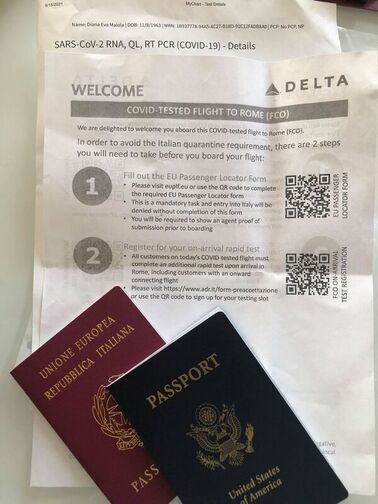 I kept all my documents in a plastic sleeve to keep them protected and accessible - I recommend this! I kept all my documents in a plastic sleeve to keep them protected and accessible - I recommend this! Now, let’s get to it. What should you expect right now during international travel? I will share all of the steps that I was required to take in May/June 2021 order to transition easily from country to country. I had 3 flights, Rome to Amsterdam, Amsterdam to Detroit and Detroit to Cleveland. As aforementioned, this changes frequently and your airline will provide details of the most recent updates. From Italy to the USA: Upon leaving Rome in mid- May, I was required to have a Covid 19 PCR test within 72 hours of departure. I paid about 48.00 euro to a lab for the swab and to have it translated into English. The results were promised in 24 hours, but I had mine back within about 16 hours. The results were sent to my email, but I also chose to print 2 copies in case I was asked to hand over a copy. NB: I was not asked to hand it over. Upon entering Rome Fiumicino Airport, my temperature was taken and I was asked to show my results. Anyone not travelling, was not even allowed into the airport. At the check in desk, I was again asked to show my test results along with the usual passport etc. My first flight was to Amsterdam and upon arrival at the gate, I was required to fill out an attestation form for the Netherlands. I suggest bringing your own pens. It takes about 60 seconds to complete and then this form is handed in. When it comes time to board, you are asked to present your negative Covid test, your boarding pass, and passport in order to board the plane. Upon arrival in the Netherlands, I went to my gate for Detroit. At that gate, I was again asked to sign an attestation form and hand it in and subsequently present the negative Covid test, boarding pass and passport in order to board the plane. FYI, these attestation forms were also sent to me by Delta the week before departure. I dutifully filled them out and printed them, but nobody wanted them. So, I filled them out again on site. No big deal. When I arrived in Detroit, I was asked to show the negative test to the customs agent and that was the last time. I proceeded to my gate for Cleveland and once into the area of domestic travel in the US, nothing was required of me except my boarding pass and ID. In flight, I was required to wear a mask and I was very happy to do so. The airport and airline staff that I encountered along the way were all wonderful and accommodating and in looking back anticipating departure, it was more the fear of the unknown than anything else. From USA to Italy: Delta sent an email outlining all of the necessary steps to complete in order to depart. I was required to log onto euplf.eu to fill out a “Passenger Locator Form”. It takes about 8 minutes to fill out and then you receive a confirmation via email. I departed Cleveland mid-June and again, within 72 hours of departure I had the PCR test at CVS pharmacy. The test was free and they promise results within 24-48 hours. I had mine in 24 hours. This was a drive thru process and I was required to do a self-swab. YUCK! Again, my results were negative and I was ready to depart. Upon arrival at Cleveland Hopkins Airport, and except for being mask-clad, who would know that we had just gone through a bitter pandemic??!! The airport was packed! No more proverbial balls and chains on ankles…..Americans want to move on and travel!! This time I was flying via Atlanta in order to get to Rome. I checked in for my flight and only needed to produce my passport. Very easy and like old times. Since the next flight was considered a “Covid-Free” flight, the process was about to change. In other words, Italy and several other international countries are not currently requiring travelers to quarantine as long as they arrive on a “Covid-Free” flight. When I landed in the domestic terminal in Atlanta, it was again just like pre-Covid times. Tons of people etc. I took the shuttle to Terminal E for my flight to Rome. As I got off of the shuttle, there was a very large sign that said, if you are going to Rome, go to gate 14. At Gate 14, I was required to do 3 things, scan a registration form to reserve a rapid Covid test upon arrival in Rome the next day, show my completed Passenger Locator Form and register for a rapid test right there in Atlanta before I could go to my departure gate. In the area of registration, there were about 6-8 airline representatives assisting. Again, it was very smooth and organized and I felt very confident in their efforts. Approaching the departure gate, it was roped off and proof of the negative rapid test was needed in order to enter. Arriving in Rome was a breeze. You can not make a mistake. Everything is clearly marked, defined and organized. English speaking assistants are everywhere and the process was quick. I would say from the time I exited the airplane, did the rapid test, got the results, cleared passport control and arrived to baggage claim, it was about 34 minutes. Moving forward everything is going to get easier. The steps that I have just outlined are going to get simpler or be eliminated. The EU is devising a way to extend a green pass to US and Canadian citizens that are fully vaccinated. This should eliminate the need for so many Covid tests. Either way, each step that I experienced was necessary and deliberate and added to everyone’s health and safety on board. That gave me a sense of confidence and security as a traveler. I have always told my travelers to allow 3-4 hours layover before your international connection just in case something is running late. Now more than ever, I still strongly suggest it. Give yourself time and try not to create stress for yourself. There are too many things that you can do in your free time between connections….. eat, drink, read a book, walk around, window shop, catch up on chats etc…….. Many thanks to the men and women who help to facilitate our travel experiences every day. The ones that I encountered were excellent!! Thanks also to those that have put themselves on the front line of this pandemic. Please remember to acknowledge the sacrifices that they have made. In the interim, give your self the gift of travel, create everlasting memories and as always, be Safe and Happy!! Diana  A Moka Pot brewing espresso at home A Moka Pot brewing espresso at home -By Diana Maiola Italians are masters of fine art, architecture, opera, film, Mediterranean cuisine and of course excellent coffee!! Surrounding their beloved espresso is an art, a process and rules that celebrate and elevate this beverage to the highest regard. Science and tradition are married when it comes to brewing, serving and drinking a fine cup of espresso. For example, at home most Italians still use the simple and traditional Moka Pot or Machinetta to make their espresso as high-end machines that mimic those in an actual bar or café are rare. You would never serve your home-made brew to a guest by just putting a cup on the table in front of them. You must always have a tray ready and serve your guests properly providing a napkin, a saucer under the cup, sugar and a tiny expresso spoon. The only time an exception can be made is when the person you are serving is someone you know really well and you choose to stand up and drink and not sit down. 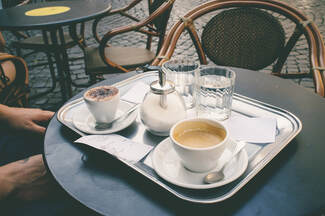 A macchiato and cappucino demonstrate the perfect tray arrangement A macchiato and cappucino demonstrate the perfect tray arrangement Breakfast, if not had at home, typically includes a shot of espresso and a pastry standing up at the bar. A glass of water is always served with the espresso in order to cleanse the palette before and after consumption. As a shot of espresso takes less than a minute to drink (Venti sized Frappucinos DO NOT EXIST in Italy) you will pay the normal price which is about 0.80 – 1.00 euro cents. A more high-end fancy café will charge up to 2.00 – 4.00 euro for the same. If served at a table sitting down, the price can be up to double that of standing at the bar to consume. So, now you are ready. It is morning in Rome and you are admiring the ancient architecture that surrounds you as you walk down a narrow street otherwise known as a vicoletto. Suddenly you are captivated by the intense aroma of a freshly made cup of fine espresso. You enter the bar and are greeted with the noise of the café. I like to compare it to a busy scene on an orchestrated stage. You are met with beans being freshly ground, clanking dishes and cups, faucets running and the forced sound of steam as fresh milk is being transformed into heavenly foam by the barista. This scene basically continues all day…. The first thing to do is to locate the cashier. Order and pay for your coffee and pastry and hold on to your scontrino (receipt). Next, go to the crowded bar and get the attention of the barista so that you can hand over your receipt. At this point, you can be specific and tell the barista that you would like warm milk vs boiling hot, you would prefer your coffee served in a glass rather than a porcelain cup or you can tell the barista that you prefer your espresso lungo (extra long). He/She are there to please you and they are typically happy to do so. In some cases, you will get the rolled eye ball treatment, but, Oh well!! That is life!! This is about you and not them! Keep in mind that if decaf is your preference, it can cost up to 50 euro cents more than regular, Throughout the rest of the day, several more cups of espresso are always justified as it is a ritual to be enjoyed often with family, friends and colleagues. Remember, espresso is considered a “digestivo” which means that in addition to waking you up in the morning it serves as a closer to the stomach to aid in digestion after a meal. While espresso or macchiato are typical choices for any hour of the day, milky coffees such as cappuccino or caffe latte should not be consumed after the morning hours as excessive milk can create indigestion when mixed with food. Following are the correct terms for Italian Coffee……Enjoy!!
Caffè or Espresso: These terms are used interchangeably and signify one single, 3 oz shot of espresso in a demitasse porcelain cup. Doppio: ‘Double’, or two shots of espresso. Americano or Lungo: A ‘long’ espresso that has twice as much water, creating a thinner brew. Ristretto: A ‘reduced’ espresso that uses half the amount of water. Macchiato: Espresso that is ‘marked’ with a splash of milk or milk foam. This is my personal favorite and I like it best with a sprinkle of cocoa on top! Cappuccino: Espresso with equal parts steamed milk and topped with foamed milk. Usually ordered at breakfast and never ordered after lunch or dinner. Also delicious with a dusting of cocoa! Caffè Latte: A large cup of latte, or milk, marked with a shot of espresso….Very different from the lost in translation version across the Atlantic. Caffé Corretto: A shot of espresso with a shot of liquor in it. The liquor can be many things like sambuca, brandy or the most popular, grappa. A favorite of my Pugliese grandfather, I can still remember him around the table with his brothers drinking their espresso with a shot of Canadian Club in it. |

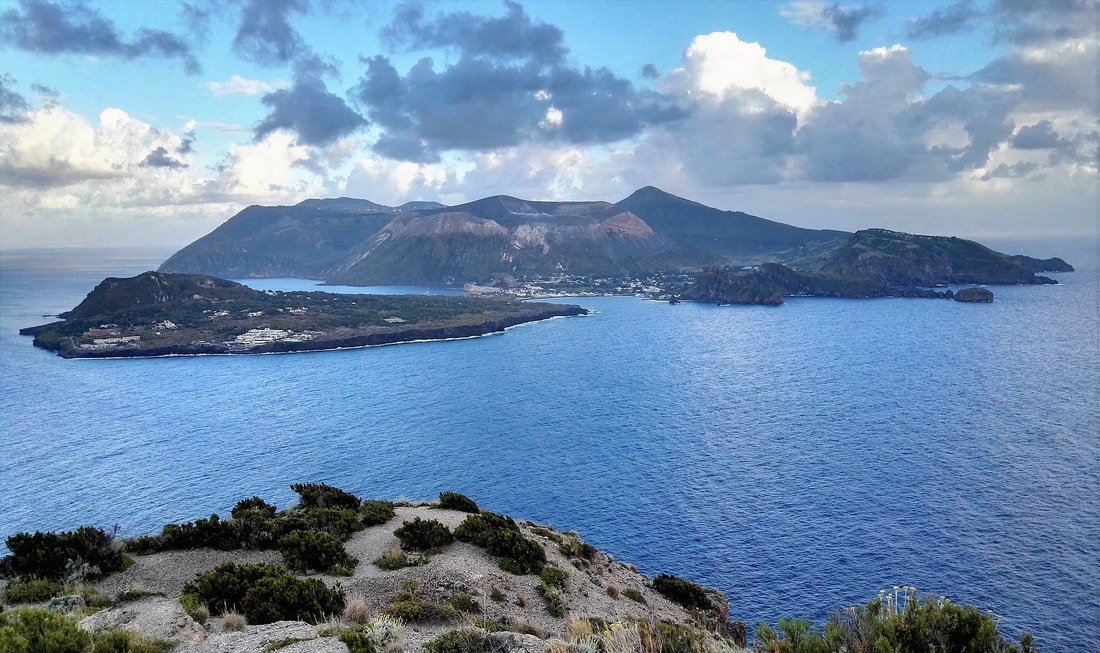
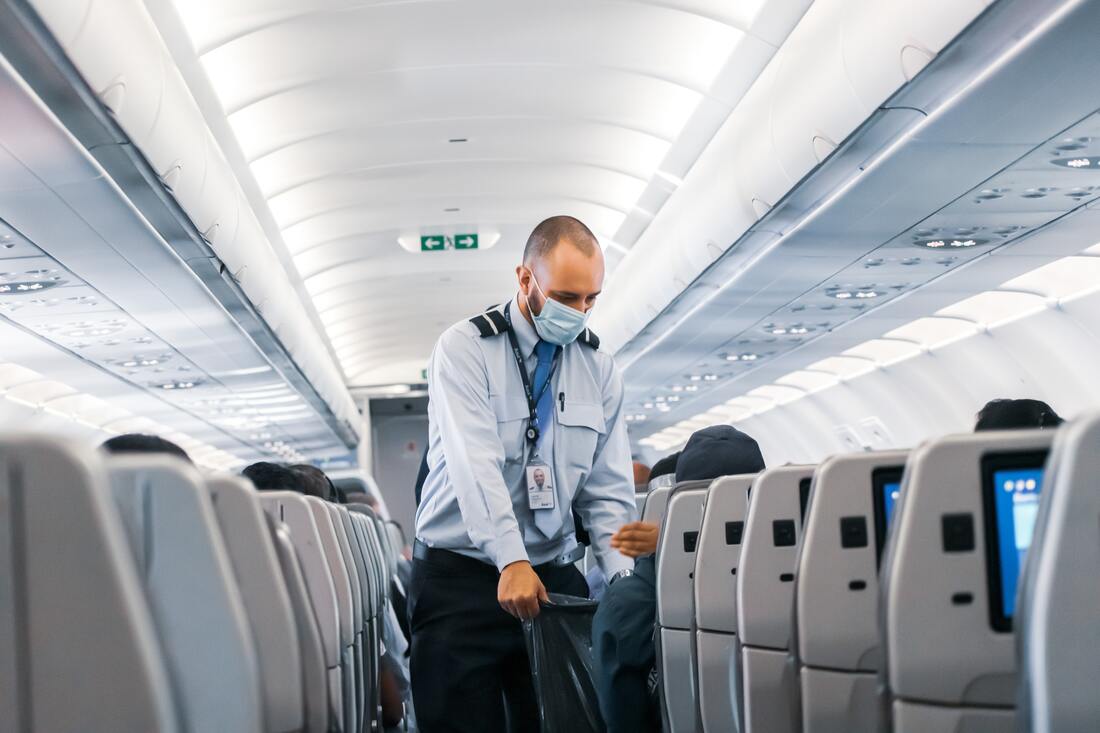
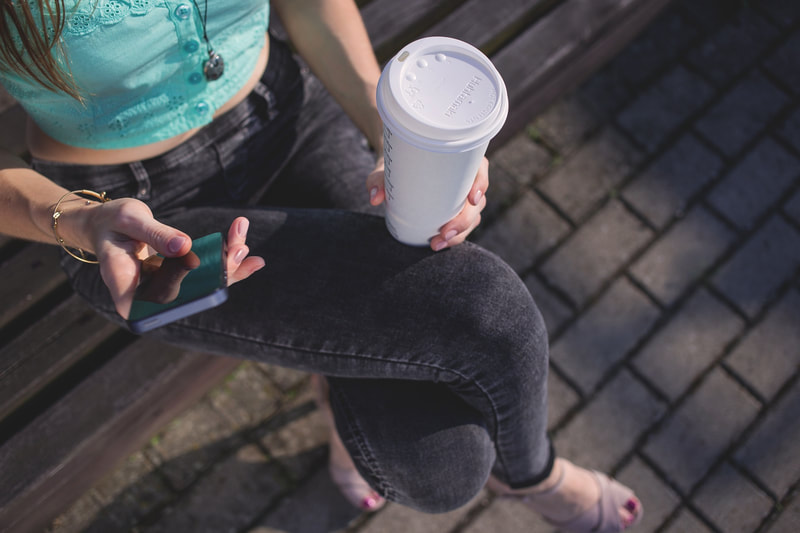
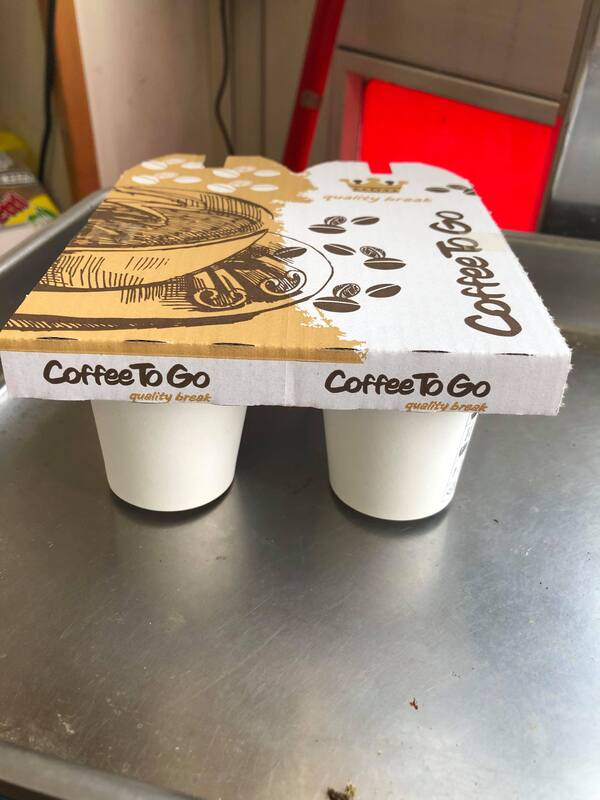
 RSS Feed
RSS Feed
